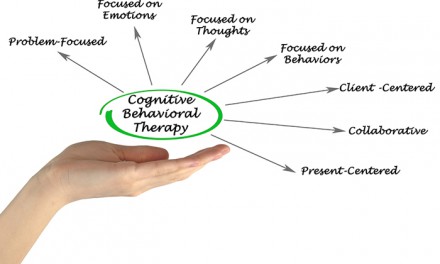Let’s face it, when you get your heart pumping and feel the burn of oxygen rushing in and out of your lungs, you feel better.
Alive. Yes, there’s pain, too. And often getting the motivation to step outside for a walk or a light jog can seem like an insurmountable summit. But the truth is, sustaining a regular exercise routine can make all the difference in the world when it comes to managing addiction.
Restoring Balance and Preventing Relapse
Coming out of addiction is more than just avoiding a substance, it is about restoring the body’s ability to naturally feel good. From a biological standpoint, substance abuse—whether its opioid addiction or stimulant abuse—leaves the brain depleted of chemicals attributed with elevated mood and feelings related to joy.
According to a 2012 article published in the US National Library of Medicine, research has shown that individuals who engage in regular aerobic exercise are less likely to use or abuse mood-altering substances. The article further states that “under some conditions, exercise increases measures of euphoria and well-being in human populations in a manner similar to that of abused drugs.”
In keeping people away from relapsing, one can see how exercise can be perceived as an alternative, non-drug reinforcer. A relapse or increase in the use of a substance will most likely cause a decrease in efforts committed to an exercise program. Depending on the devotion of an individual to the progress of his or her fitness routine, the will to stay clean could potentially be more pronounced.
Fight or Flight
Fight or flight refers to how our bodies evolved to deal with situations that throw us into a state of fear. We either fight or flee. In more recent analysis of our innate biological responses to threatening stimuli, there is also the theory that some don’t fight or flee, but freeze, becoming paralyzed by anxiety.
For many people who experience a relapse, the decision can often be the result of a fight or flight moment where stress, depression, or high anxiety cause the individual to seek out something to fight off unwanted feelings or escape from reality. For instance, if a newly sober person loses a loved one, his or her brain is going to be triggered to seek out the choice drug—it is what the brain has been programmed to do.
If instead, that same person makes the decision to go and sweat it out, the avoidance of relapse is increased. What might seem like an insurmountable pain can be lessened by a visit to the gym. By choosing a healthy option rather than slipping back into an old habit, you will not only reap the physical benefits, but also gain mental and emotional strength.
In addition to providing a healthy outlet, exercise has also been looked at as creating the same biological responses as anxiety: increased heart rate, sweat, flushed skin. In this way, by becoming familiar with these type of physical reactions, a person may not give in to panic when a threatening situation ensues.
Mood Enhancement
Ever heard of the runner’s high? In past years, a runner’s high has been related to the release of endorphins caused by exercise. If you’ve ever done a high intensity workout—such as a 30-minute jog or a Zumba class—you can liken the runner’s high to that feeling following a workout when it feels as though your brain and body are being flooded with a mild sensation of euphoria.
Euphoric response to exercise is caused by an increase in the release of feel good chemicals such as dopamine and endorphins. Further research shows that the effects of exercise go beyond just short-term mood enhancers. According to the American Psychological Association, regular aerobic exercise has been shown to alleviate feelings of chronic anxiety and depression.
Brain Damage Recovery
In a 2012 article published in the neuroscience journal Synapse, researchers studied the effects of exercise in rehabilitating depleted dopamine and serotonin receptors in rats after they were administered methamphetamine as part of a single day binge. After the binge, some of the rats were put in cages to remain like couch potatoes, while others were given running wheels and made to run.
The results showed that the brains of the running rats were substantially healed from the brain damage caused by meth use. Conversely, the meth-induced brain damage lingered in the inert rats.
Exercise as Holistic Healthcare
Because there are so many factors at play when it comes to the neurological health and response of the brain, it is not holistically clear how exercise improves cognitive function and mood. Some research suggests that aside from aiding in the release of chemicals, regular exercise also regulates better sleeping habits. Sleep, alone, is associated to have many beneficial and protective effects on the brain.
Exercise also allows for a feeling of accomplishment, which helps with self-esteem. If you complete your 30-minute routine for the day, you are more likely to carry that accomplishment with you into other facets of life.
It’s most likely a combination of all these factors that work together to elevate mood and alleviate feelings of depression.
In any case of beginning a new workout plan, you should always check with your healthcare provider in order to find a plan that works best for you.
(314) 464-0222. We’re here to help.










